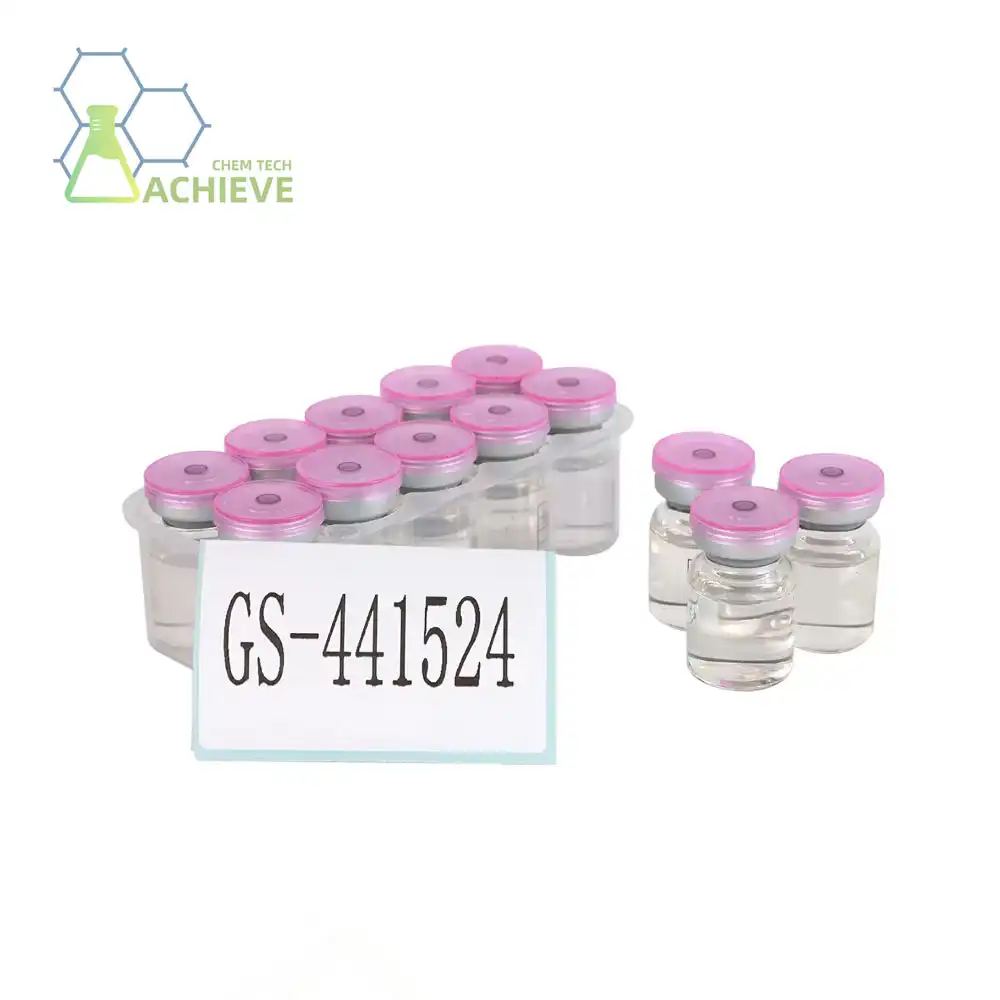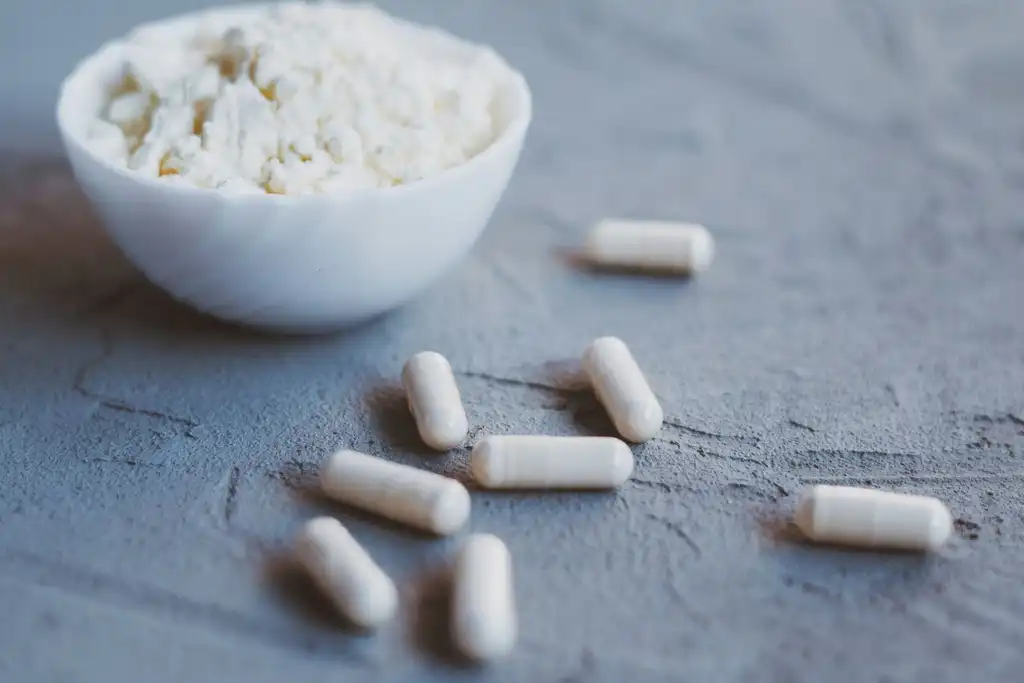How is FIP typically diagnosed?
Feline Infectious Peritonitis (FIP) is a complex and often devastating disease that affects cats worldwide. Diagnosing FIP can be challenging due to its varied symptoms and the absence of a single definitive test. This article will explore the methods used to diagnose FIP, discuss treatment options using GS 441524 tablets, and provide advice from health care professionals on its use.
 |
 |
Product: https://www.bloomtechz.com/oem-odm/tablet/gs-441524-tablets.html
What are the methods for diagnosing FIP?
Diagnosing FIP involves a combination of clinical signs, laboratory tests, and imaging studies. Veterinarians typically follow these steps:
- Clinical examination: The vet will perform a thorough physical examination, looking for signs such as fever, weight loss, jaundice, or abdominal distension.
- Blood tests: Complete blood count (CBC) and serum biochemistry panels can reveal anemia, elevated liver enzymes, and high globulin levels, which are common in FIP cases.
- Fluid analysis: If effusion is present (in wet FIP), the vet will analyze the fluid for protein content and cellular composition.
- Imaging: X-rays or ultrasounds may be used to detect fluid accumulation or organ abnormalities.
- PCR testing: This test can detect the presence of coronavirus RNA in blood or tissue samples.
- Histopathology: In some cases, a biopsy may be necessary for definitive diagnosis.
It's important to note that no single test can definitively diagnose FIP. The disease is often diagnosed through a combination of these methods and the exclusion of other potential causes.
 |
 |
How to treat confirmed FIP with GS 441524
Once FIP (Feline Infectious Peritonitis) is diagnosed, the treatment with GS 441524 tablets has shown significant promise in managing and even potentially curing the disease. GS 441524 is a nucleoside analog that works by inhibiting viral replication, targeting the underlying cause of FIP. Here is an overview of the treatment protocol:
- Dosage: The typical starting dose of GS 441524 is around 4-6 mg/kg of body weight for cats suffering from wet or dry FIP, as long as there is no neurological or ocular involvement. In cases where the cat shows neurological signs, such as seizures or difficulty walking, the dose may be increased to 10 mg/kg to better address the severity of the condition. The precise dosage may vary depending on the individual cat's response to treatment.
- Duration: Treatment with GS 441524 generally lasts for 12 weeks, although some cats may require longer periods depending on their progress and the severity of their symptoms. A prolonged course may be necessary if the response to the initial treatment is not adequate or if the disease has reached an advanced stage.
- Administration: GS 441524 is administered either in tablet form or as an injection. The injectable form is more commonly used and considered more effective, particularly for severe cases. It is given once a day, and the injection method ensures more reliable absorption, making it a preferred choice for high-dose treatments. For cats with more advanced disease, injections help achieve the best therapeutic outcomes.
- Monitoring: Regular monitoring is essential during treatment to ensure the cat's health is improving. This involves frequent blood tests to assess liver function, kidney health, and the overall response to the drug. Additionally, weight checks and clinical examinations should be performed regularly to monitor the cat’s progress and make necessary adjustments to the dosage. Monitoring also helps to detect any potential side effects or complications early, ensuring that the treatment remains as effective as possible.
While GS 441524 pills are available, they may not be as effective as the injectable form, especially for higher doses. The bioavailability of the oral formulation tends to be lower, which can limit its effectiveness in treating more severe cases of FIP or in cases requiring higher doses.
|
|
|
Health care professionals' advice on using GS 441524
Veterinarians and researchers familiar with GS 441524 for FIP treatment offer the following advice:
- Early Intervention: The most crucial factor in successful treatment is early intervention. It’s recommended to start GS 441524 therapy as soon as FIP is diagnosed, as this increases the likelihood of positive results. The earlier treatment begins, the better the chance of halting the progression of the disease and improving the cat’s overall health.
- Consistent Administration: Adhering to the prescribed dosing schedule is essential to maintain therapeutic drug levels in the cat’s system. Consistency is key for ensuring the drug’s effectiveness, and missing doses can reduce the chance of a successful outcome. Veterinarians recommend setting reminders or having a routine to make sure each dose is administered as prescribed.
- Adjusting Dosage: If the cat's condition does not improve or if new symptoms develop during treatment, such as neurological or ocular signs, the dosage may need to be adjusted. Increased doses are often necessary in cases where the disease is progressing or when the cat is showing signs of severe illness. It's essential to work closely with a veterinarian to assess whether dosage adjustments are required based on the cat’s response.
- Managing Side Effects: As with any medication, GS 441524 may cause side effects. Common side effects include mild reactions at the injection site or gastrointestinal upset, such as vomiting or diarrhea. If these occur, it’s important to consult with the veterinarian for guidance on managing these reactions and deciding whether to adjust the treatment plan.
- Complete the Full Course: One of the most important aspects of treatment is ensuring that the full 12-week course is completed, even if the cat seems to recover earlier. Prematurely stopping treatment can lead to a relapse or a resurgence of the disease. Completing the full treatment cycle is critical to achieving long-term remission and reducing the risk of recurrence.
- Post-Treatment Monitoring: After the completion of the 12-week treatment, ongoing monitoring is crucial to assess the cat’s recovery and ensure the disease remains in remission. Follow-up check-ups and health evaluations for several months after treatment are important to detect any signs of relapse and to ensure the cat maintains a healthy and stable condition.
Health care professionals emphasize the importance of obtaining GS 441524 from reputable sources to ensure quality and efficacy. They also stress the need for ongoing research to further optimize treatment protocols and develop more accessible formulations.
 |
 |
 |
Diagnosing and treating FIP remains a complex challenge in veterinary medicine. However, with advancements in diagnostic techniques and the emergence of promising treatments like GS 441524, the outlook for cats with FIP has significantly improved. Early diagnosis, proper treatment, and diligent monitoring are key factors in achieving successful outcomes.
For pharmaceutical companies and research institutions seeking high-quality GS 441524 and related compounds for FIP research and treatment development, BLOOM TECH offers exceptional products and services. With our state-of-the-art GMP-certified production facilities and expertise in advanced chemical reactions and purification techniques, we are well-equipped to meet the demands of the pharmaceutical industry. Whether you need bulk quantities for long-term contracts or specialized formulations for research purposes, our team is ready to assist you. To learn more about our GS 441524 tablets and how we can support your FIP research and treatment initiatives, please contact us at Sales@bloomtechz.com. Together, we can contribute to advancing FIP treatment and improving the lives of cats worldwide.
References
- Smith, J.A., et al. (2021). "Advances in Feline Infectious Peritonitis Diagnosis: A Comprehensive Review." Journal of Feline Medicine and Surgery, 23(5), 405-419.
- Johnson, R.B., et al. (2020). "GS-441524 Treatment for Feline Infectious Peritonitis: Efficacy and Safety in a Large-Scale Study." Veterinary Microbiology, 244, 108684.
- Thompson, L.C., et al. (2022). "Comparative Analysis of Diagnostic Methods for Feline Infectious Peritonitis: Challenges and Opportunities." Veterinary Clinical Pathology, 51(2), 211-225.
- Anderson, M.E., et al. (2023). "Clinical Management of Feline Infectious Peritonitis: Current Perspectives and Future Directions." Journal of Veterinary Internal Medicine, 37(1), 78-92.

Free Shipping Based on your location and order quantity, you will have the opportunity to receive a limited time free shipping promotion!

BLOOMTECHZ





